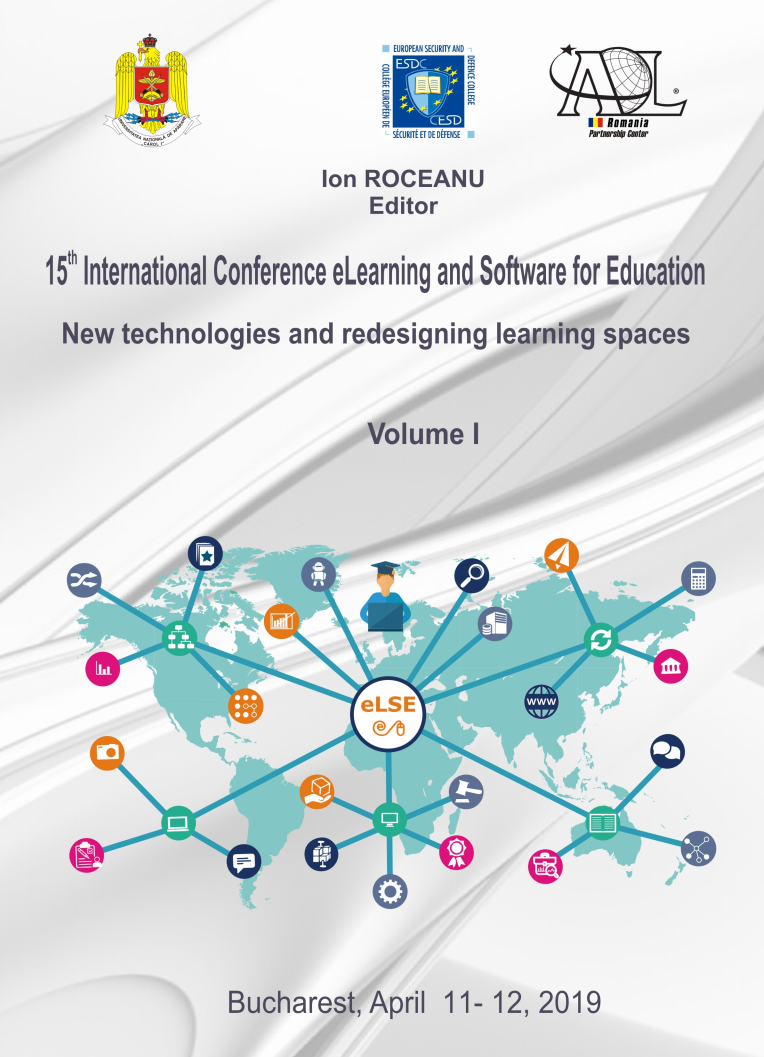The Integration of IoT Projects in Undergraduate Education
The Integration of IoT Projects in Undergraduate Education
Author(s): Marin OpreaSubject(s): Social Sciences, Education, Higher Education
Published by: Carol I National Defence University Publishing House
Keywords: IoT; Arduino; Raspberry Pi; STEM; sensors;
Summary/Abstract: The Internet of Things (IoT) is defined by the interconnection between networks of smart devices (objects) through specific communication standards and protocols. Data retrieved from these objects is loaded on cloud servers where it is analyzed, processed and then accessed by users through simple, intuitive, easy-to-use interfaces. The rapid development of IoT applications will steadily increase the demand for skilled personnel in this field. Under these circumstances, the study of IoT basic notions in classrooms becomes a necessity. Using the Arduino and Raspberry Pi development platforms, a wide range of IoT projects can be developed, according to the students' level. These platforms capture environmental data through an extended array of sensors (temperature, light, pressure, humidity, force, acceleration, rotation, sound, IR, magnetic field, etc.), making it perfectly suited to projects development in the educational STEM field (Science, Technology, Engineering and Matemathics). In this study my aim is to show, based on examples, how several IoT projects can be developed in class using the two above mentioned platforms and I emphasize the didactical aspects associated with this study. For the first project I used the Arduino Uno development board, the DHT11 temperature and humidity sensor, and ESP8266 WiFi module, and showed how the ambient temperature and humidity can be monitored via Internet. The data collected by the sensor was processed by Arduino, sent to the WiFi module and further on a cloud server on the IoT ThingSpeak platform where it was stored, analyzed and graphically represented in real time. In the second project I used a Raspberry Pi development board, a mobile robotic platform powered by two electric motors and equipped with a webcam in order to video monitor, via the Internet, a particular perimeter under observation. The robotic platform on which the surveillance camera is located can be positional controlled using a web browser that can access an HTML page built for this purpose. The final part of this study is dedicated to the assessment of the quality of STEM training results by classes of students who have worked on IoT projects compared with classes that have undergone traditional training courses.
Journal: Conference proceedings of »eLearning and Software for Education« (eLSE)
- Issue Year: 15/2019
- Issue No: 01
- Page Range: 318-325
- Page Count: 8
- Language: English

